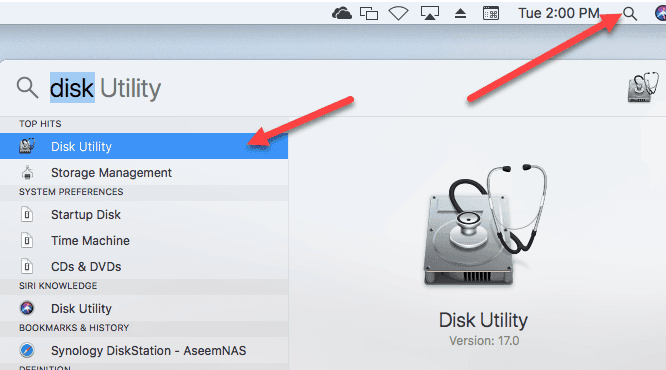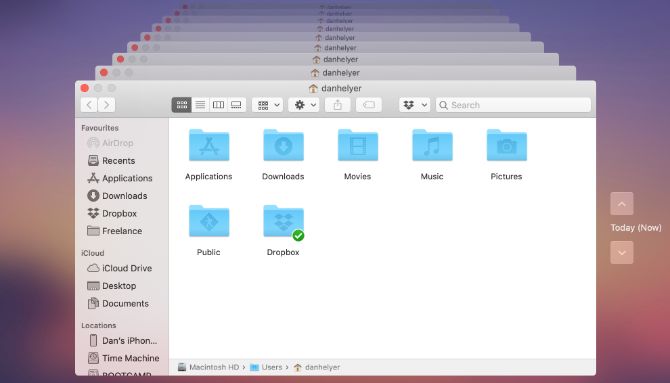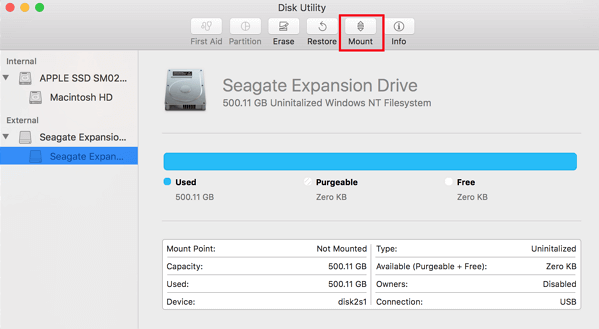

- #Partition external hard drive mac time machine how to
- #Partition external hard drive mac time machine for mac
- #Partition external hard drive mac time machine upgrade
In all fairly recent models, the boot drive contains a secret partition that includes the macOS Recovery System, some essential Mac first aid tools and an installer, should, for any reason, your macOS fail to install or reboot.īefore we go into how to partition a Mac hard drive or SSD, let’s consider the benefits, and what you would need to do before partitioning a hard drive. One thing you may not know is that the Mac boot drive is already partitioned. How you use it depends how quickly, or not, that space fills up and whether you need to add more space - either internally (such as upgrading to an SSD), or connecting to one or more external hard drives. Mac computers, whether you have an iMac, MacBook Pro, MacBook Air, or another Mac device, all have a finite amount of space. But to help you do it all by yourself, we’ve gathered our best ideas and solutions below.įeatures described in this article refer to the MacPaw site version of CleanMyMac X.

#Partition external hard drive mac time machine for mac
And if you lose data due to migration failure or otherwise, leverage Stellar Data Recovery Professional for Mac to recover it quickly on your system.So here's a tip for you: Download CleanMyMac to quickly solve some of the issues mentioned in this article.
#Partition external hard drive mac time machine upgrade
This SSD upgrade will make your legacy Mac perform better. We hope you have learned how to migrate macOS data from an old hard drive to a new solid-state drive.

* We recommend you perform this task under some technical guidance or contact a technician for the same. This migration through cloning also transferred all your stored files. If Mac boots, then the cloning is successful.Į) Check the files stored on the cloned drive to be double sure.Ī) Shut down your Mac, unscrew* the bottom, and remove the old hard drive.ī) Remove the cloned SSD from its drive enclosure and connect it to your Mac.Ĭ) Power on your Mac to boot from the newly installed SSD.Ĭongratulations! You have successfully migrated the macOS data from the old hard drive to the new solid-state drive.

Tip: Before you create a clone, remove caches, logs, temp files, and other unneeded files.Ī) Connect the new internal SSD to an enclosure to make it work like an external drive.ī) Plug the connecting cable to the storage device and your Mac.Ĭ) Go to Finder > Applications > Utilities > Disk Utility.ĭ) In the Disk Utility window, select the new SSD volume (indented) and click the Restore tab.ī) Release the key when the boot options screen loads up.Ĭ) If the SSD is not visible, then perform the cloning task once again.ĭ) Click the cloned SSD and let the Mac boot from it. This drive replication process requires you to create a clone, verify the clone, and swap the clone. This fresh installation provides a better starting point and will also remove junks, resolve errors, and set up the drive with Apple recovery partition.Įmploy Disk Utility to create a clone of your old hard drive to the new solid-state drive. Note: If you have a Time Machine backup drive, you can back up your Mac from the old HDD, fresh install macOS on the new SSD, and use Migration Assistant to restore data from the Time Machine backup. The following section describes the correct method to migrate data from Mac to a new SSD. Instead, you need to transfer macOS data from the old hard drive to a new solid-state drive to make the drive bootable. You simply can’t remove the HDD from your Mac and connect an SSD in its place. This upgrade will reduce your system and app load time and will speed up slow Mac.īut the swapping process is not that simple. And how great it would be if you could swap your HDD with SSD all by yourself. As a seasoned MacBook, Mac mini, or iMac user, you always wish for a faster Mac.


 0 kommentar(er)
0 kommentar(er)
